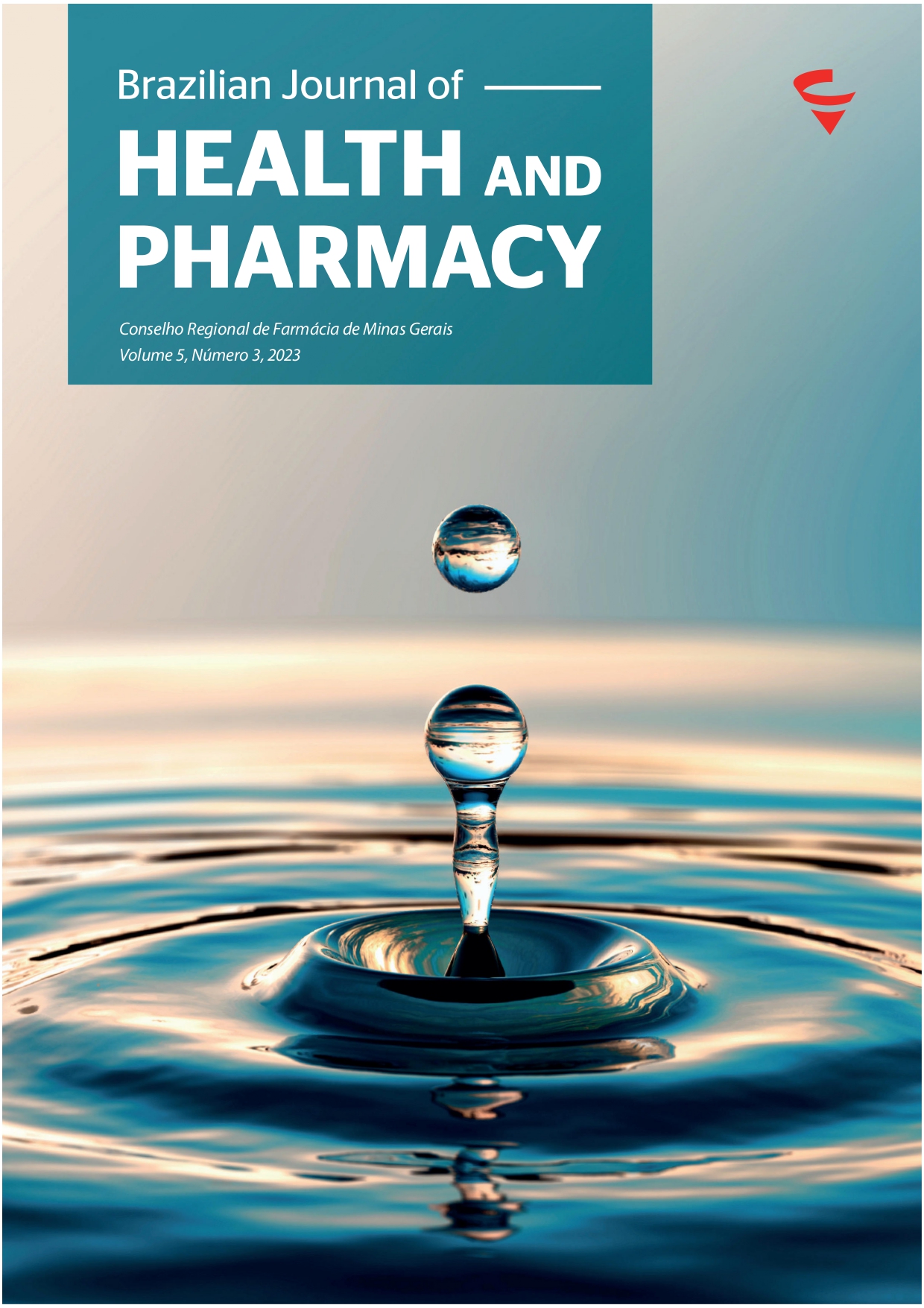Abstract
Bento Rodrigues dam`s rupture and the contamination of the Rio Doce affected numerous cities, including Governador Valadares, located in the eastern region of the state of Minas Gerais. In the context of an environmental post-accident, the use of bioindicators and bioassays to assess the toxicity of drinking water from the Rio Doce and distributed to populations is of great relevance for identifying possible health risks. The aim of this study was to evaluate the physical-chemical and genotoxicity parameters of potable water distributed to Governador Valadares, Minas Gerais after Mariana dam disaster. Onion root, species Allium cepa, was used as a test organism. Potable water samples were collected at strategic points of the water distribution networks in the city of Governador Valadares, called Water Treatment Stations: 1) Central, located in the central portion of the municipality; 2) Vila Isa, located in the Vila Isa neighborhood and 3) Santa Rita, located in the Santa Rita neighborhood. Cytotoxicity was measured by comparing the growth of Allium cepa roots before and after exposure to the test solutions. Genotoxicity parameters evaluated were the mitotic index, frequency of chromosomal aberrations in the mitotic cycle and the presence of micronuclei. The results showed the absence of genotoxicity in the three samples of potable water analyzed, and the physical-chemical analyzes were within the potability standards. Genotoxicity is a parameter not regularly evaluated in potable water samples. In case of a positive genotoxic effect, the physical-chemical analyzes could be correlated. However, no changes were observed in the genotoxicity and physicochemical parameters. The results obtained in this study collaborate with information about the safety and quality of potable water distributed in Governador Valadares.

